Green grasses are rich in precursors of vitamin E. Our cows graze pasture grass that is rich in Vitamin E. Vitamin E is a fat soluble vitamin and stays with fat portion of the milk. You can buy our products with confidence and at reasonable price.
Per-capita U.S. milk consumption, which peaked around World War II, has fallen almost 30% since 1975, even as sales of yogurt, cheese and other dairy products have risen, according to U.S. Department of Agriculture statistics. The reasons include the rise in popularity of bottled waters and the concern of some consumers that milk is high in calories.
Click Images to Enlarge “Putting Dairy Cows Out to Pasture—An Environmental Plus,”
Butter is powerful, life giving, healthy, pure, sacred and created by the nature to nurture the body. Most cultures around the world consider butter as an intimate part of healthy diet. It takes 20 pounds of fresh cow’s whole milk to make one pound of butter. An important thing is that it is a high energy food that can be obtained without killing an animal. The fat content of butter ranges from 75% to 80%, and the rest is water and milk solids. This means that butter isn’t pure fat; rather, it is an emulsion. Interestingly, butter melts just below body temperature and gives luscious mouthfeel with unique irreplacable taste. Butterfat is inherently tasty. It imparts creamy taste to foods. Imagine butter spread on bread, vegetables, potatoes, pancakes and other foods? mouth starts watering. Butter fat is also a good carrier of flavors.
Good natural butter (Grass fed) supplies vitamins, minerals, healthy fats, boosts our immune system, protect us from diseases, support bones, organs, brain and even help maintain healthy weight. Animal fats, like butter, are very satisfying, reduces appatite and make us less likely to overeat or snack between meals. In fact diets low in fat leave us hungry, depressed, and prone to illness. Natural fat and proteins are satisfying, while starches and sugar leads to cravings and weight gain. About 30-40 years ago butter was reported to be unhealthy. We now know that butter’s negative reputation was undeserved. In fact butter substitues and man made trans fats are the true culprit that pose threat to out health. All man-made trans fats are bad. These are created when liquid fat is made solid by hydrogenation. Our bodies cannot process these fats. However, there is a natural trans fat found in the fat and meat of ruminants called CLA (conjugated linoleic acid). This fat is beneficial in protecting us against cancer, heart disease, and weight gain. U.K. organic milk better for you than conventional, thanks to cows' grass-based diet http://www.grist.org/article/food-2011-01-19-uk-study-organic-milk-has-healthier-fat-profile http://download.journals.elsevierhealth.com/pdfs/journals/0022-0302/PIIS0022030210006703.pdf According to an important new study, organic milk sold in England delivers significantly higher levels of healthy fatty acids than does conventional milk. The study, funded by the European Union and published in the peer-reviewed Journal of Dairy Science. The researchers compared fat composition and protein content of 10 organic and 12 conventional brands found on supermarket shelves in northeast England. Researchers found that the organic milk had only slightly higher overall fat content, but much higher levels of what it calls “beneficial fatty acids.”
Source: The CLA Network: What we’ve learned
CLA news Summer 2010 July 7, 2010 A strong body of research establishing the health promise of natural ruminant fats is now in place, has gained global recognition, and has set the stage for broad future opportunities. A strong body of research establishing the health promise of natural ruminant fats is now in place, has gained global recognition, and has set the stage for broad future opportunities. “From little things, big things grow.” When scientists investigating the properties of grilled hamburger first identified conjugated linoleic acid (CLA) in the early 80s, they likely had little inkling of the broad promise that would spawn from this unexpected discovery of an obscure food component. In fact, research into CLA was largely dormant for years after. Today however, fueled in large part by major progress over the past decade, natural CLA is at the centre of a now substantial, multi-faceted and steadily growing body of research. The progress is fast approaching a ‘tipping point’ – it is set to make waves across the broad areas of nutrition, human health, agriculture and food industries, and potentially even food labeling requirements. A leading player globally in this progress is the Canada-based CLA Network, which involves a number of researchers and institutions across the country and is linked to international expertise. Here’s a snapshot of what CLA Network researchers have learned, particularly over the past three years of industry-supported research funding. |
Categories
All
|
© COPYRIGHT 2023 NutraPro International
Logan, Utah, USA
Logan, Utah, USA

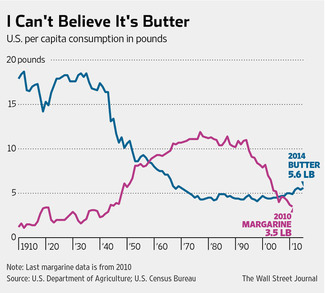
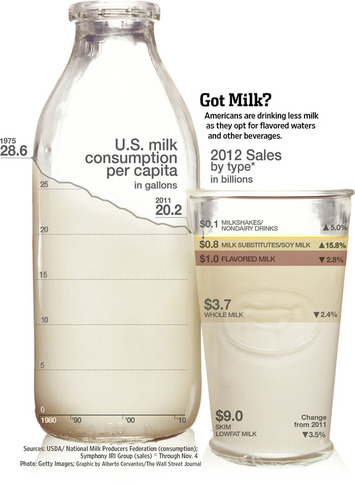
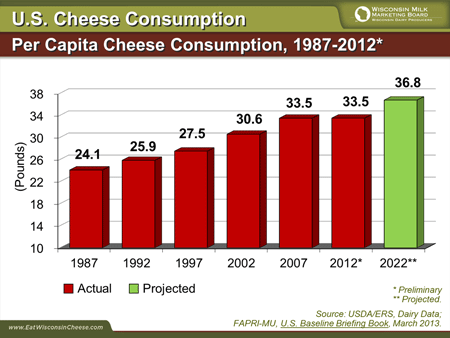

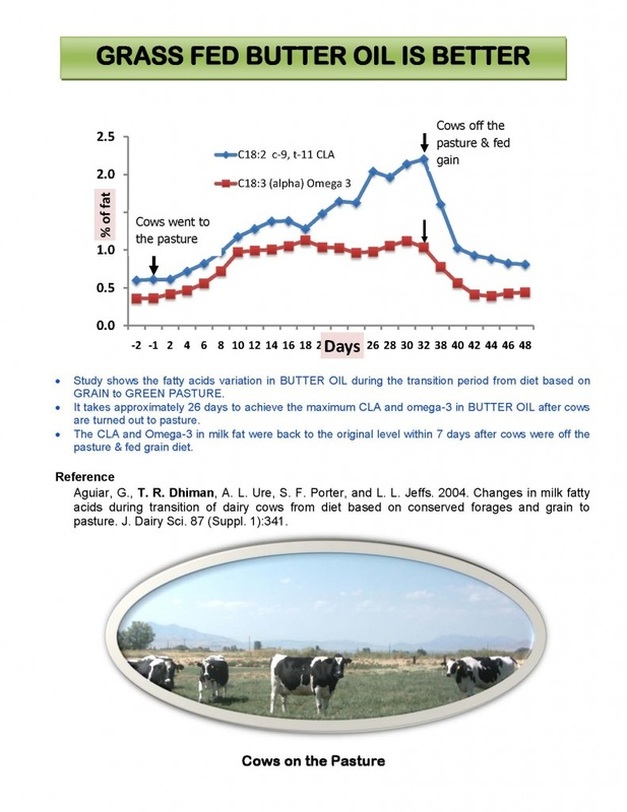

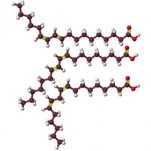

 RSS Feed
RSS Feed